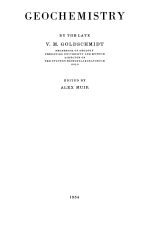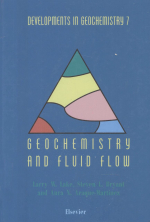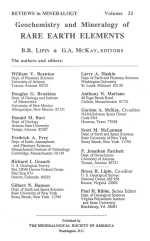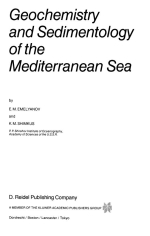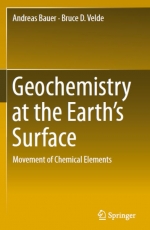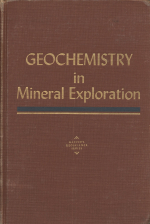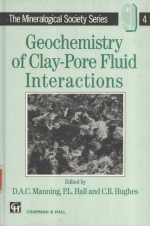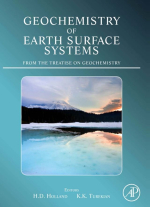Geochemistry is a frequently used term in geological studies that defines a discipline which has developed in importance over the past 40 years. The meaning of this term and the substance of the discipline is the relationship between the chemical properties of elements found in the geological sphere and their expression as minerals or other phases found in rocks. Essentially the elements that are the most common and abundant in surface materials are limited in number, such as Na, K, Mg, Ca, Al, Si, and Fe (called the major elements) with concentrations of elements such as Mn, P, S, C, Cl present in smaller amounts and considered as minor elements. The elements of industrial importance, such as the transition metals Cu, Cd, Co, Ni, Ti, and Au, among others, are of yet lesser abundance in rocks and most often occur as inclusions in phases dominated by major elements or as isolated concentrations due to special geological conditions. Other elements of low overall abundance in rocks such as As, Sb, and Sn are more difficult to classify in that their occurrence is limited to small and sporadic concentrations in rocks. In the classical geological chemical framework the elements found as gases in the atmosphere such as Ar, N, Ne, He, and others are little present. Some atmospheric elements such as C and O are present in both the realm of geological occurrence and the sphere of the surface atmosphere. Geochemistry is the study of the occurrence and reasons for these occurrences of different elements.


